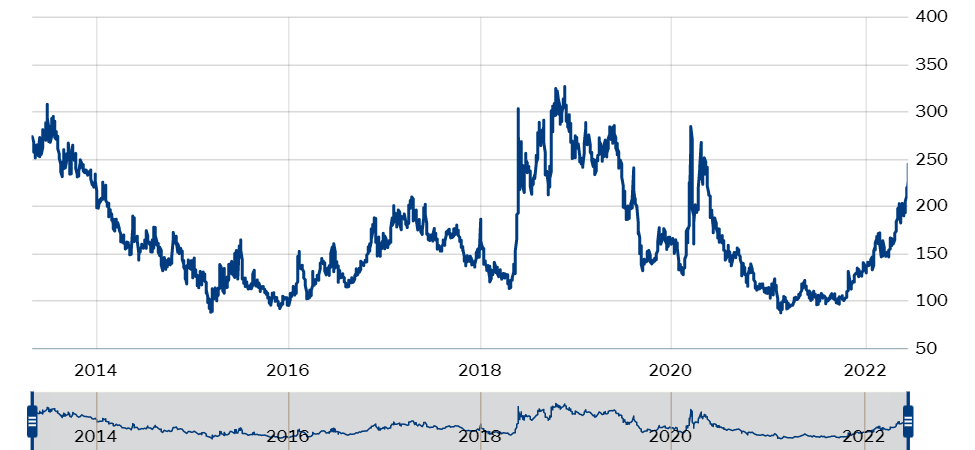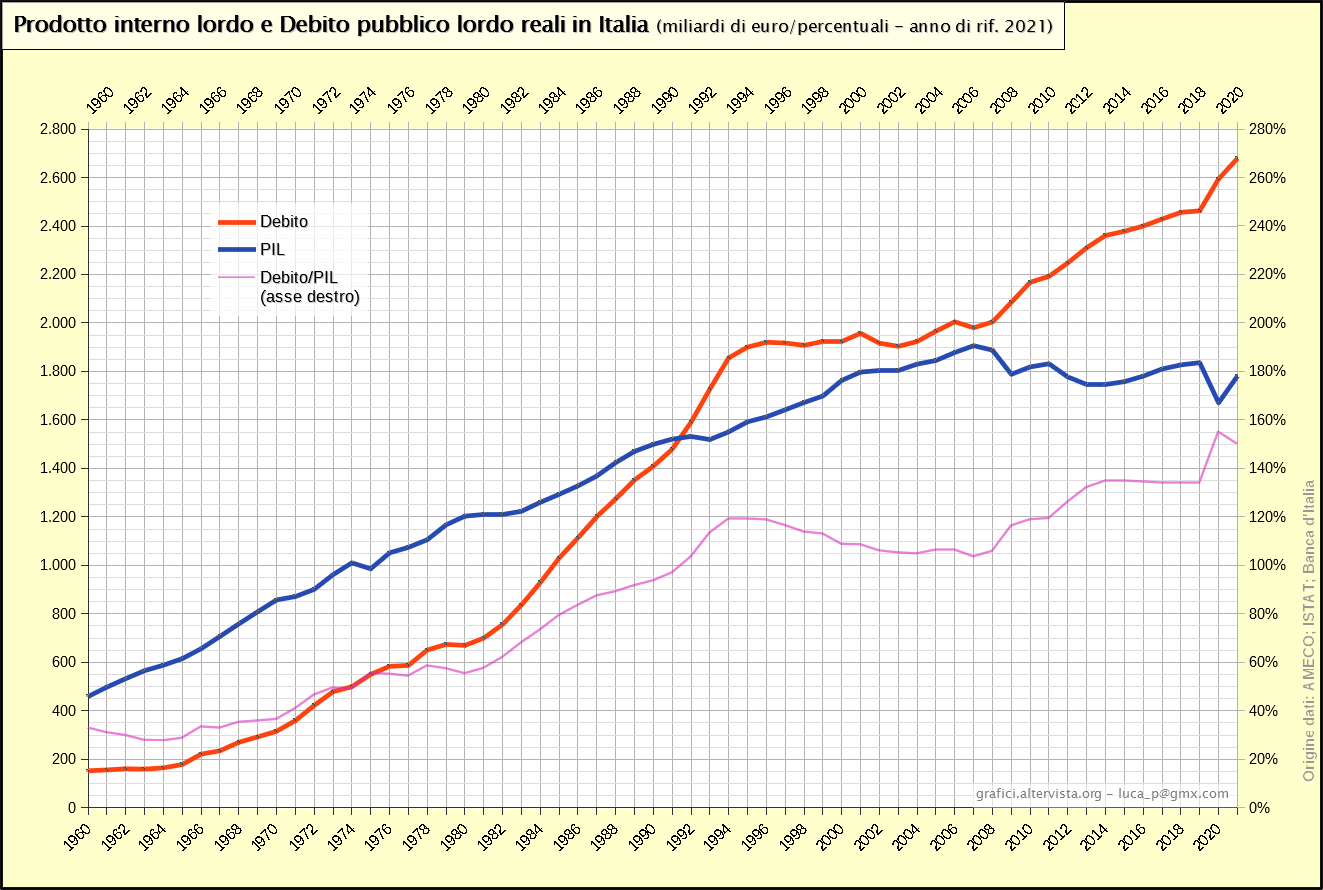In the international business community, the yield differential between German government bonds and those of other countries that are less financially sound than Germany (e.g., Italy) is considered a kind of barometer for measuring turbulence.
When there are phases of instability in the markets, the spread goes up. Conversely, when some calm returns to the financial markets, the spread goes down. This is because, during periods of instability, international investors try to reduce the risk component in their portfolios and increase exposure to securities considered safer such as German Bunds.
In the wake of increased demand, the prices of Germany's government bonds go up while their effective yields collected by the investor go down (as those who buy them pay a higher price to have a certain amount of interest guaranteed by these same bonds).
Conversely, again when there is turmoil, many international investors reduce the component invested in government bonds such as Italian Treasury Bonds in their portfolios (since our country has much higher debt than Germany and is less easy to finance in the market). And so, on the back of lower market demand, the prices of Btp bonds go down while their effective yields collected by the investor go up (as those who buy them pay a lower price to get a given coupon, that is, a given amount of interest).
 Angelo Baglioni, economist and professor at the Cattolica University
Angelo Baglioni, economist and professor at the Cattolica University





